In part two of my Homebrewing Costs series I take a closer look at all my homebrew purchase expenses for 2022. I have been homebrewing for nearly 30 years, so I have all the equipment needed. When I looked back at my total expenses, I was a little but surprised how much I spent.
Category: Brewing Process/Tips
This section will contain a number of articles covering a range of brewing processes and tips that I have to help you build great beer.
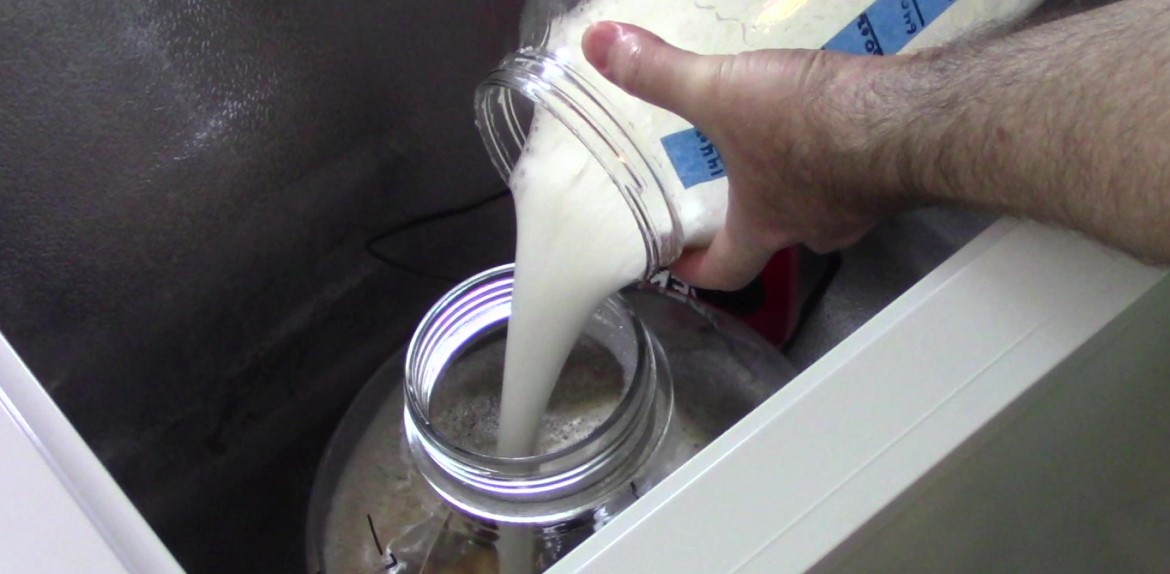
In this article I try to answer some questions about yeast starters. Is yeast health important? What types of yeast starters are there? When should I use a yeast starter? When can I direct pitch yeast?
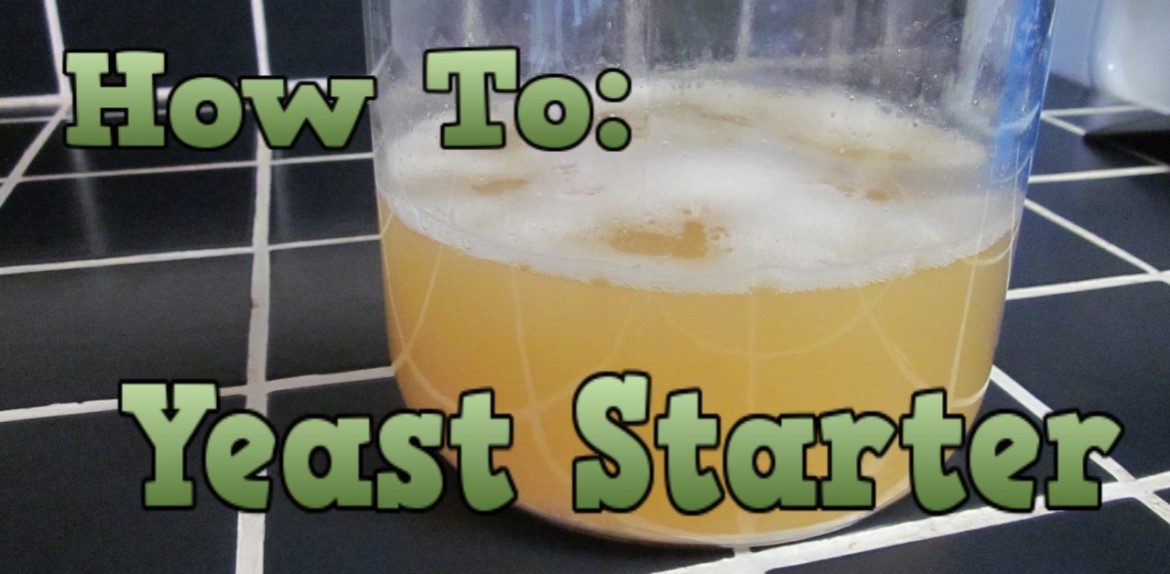
I walk through making a “Shaken, not Stirred” yeast starter (Vitality Starter) using one pack of White Labs WLP013 yeast. I must have done something correct since this batch won a gold medal in the 2021 Dominion Cup! This is a simple process and is made without a stir plate.
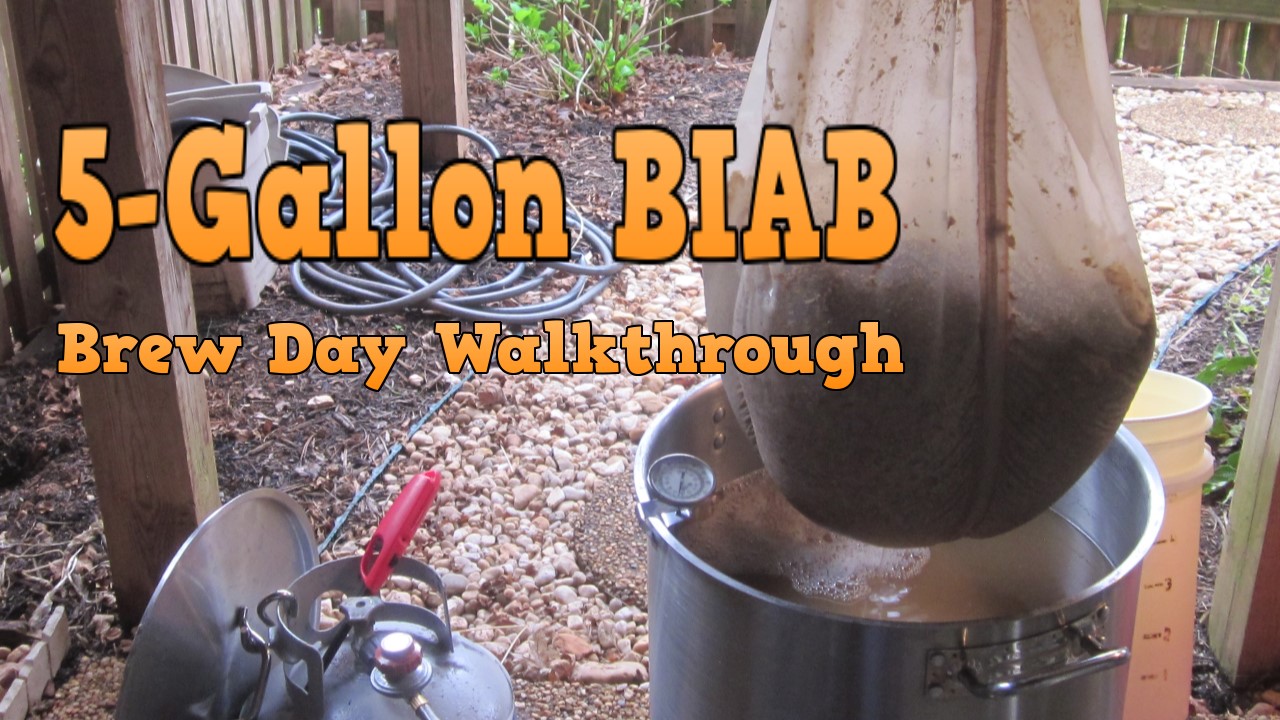
After touting the benefits of brewing 2.5-gallon stovetop BIAB batches, I decided to break out the big equipment for a 5-gallon BIAB batch. Come along as I brew a Rye Citra Saison using malts from Murphy & Rude.
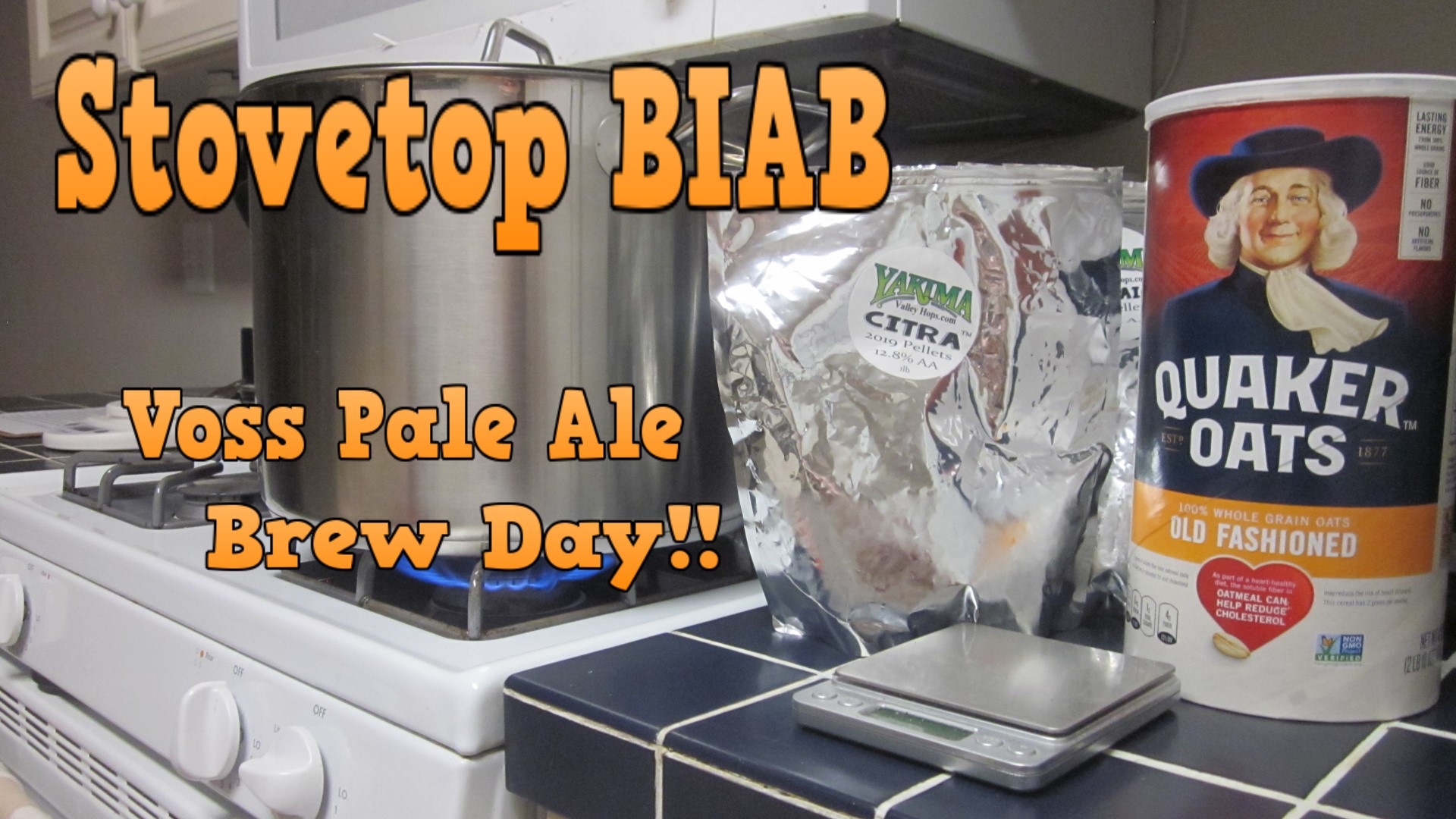
I just published my first YouTube video on brewing! This is a Stovetop BIAB video walkthrough demonstrating my process for brewing small batches in my kitchen with simple equipment. Come on in while I brew a, rather tasty, 2.5-gallon batch of Pale Ale made with Oats, Citra, Mosaic, and Voss Kveik.
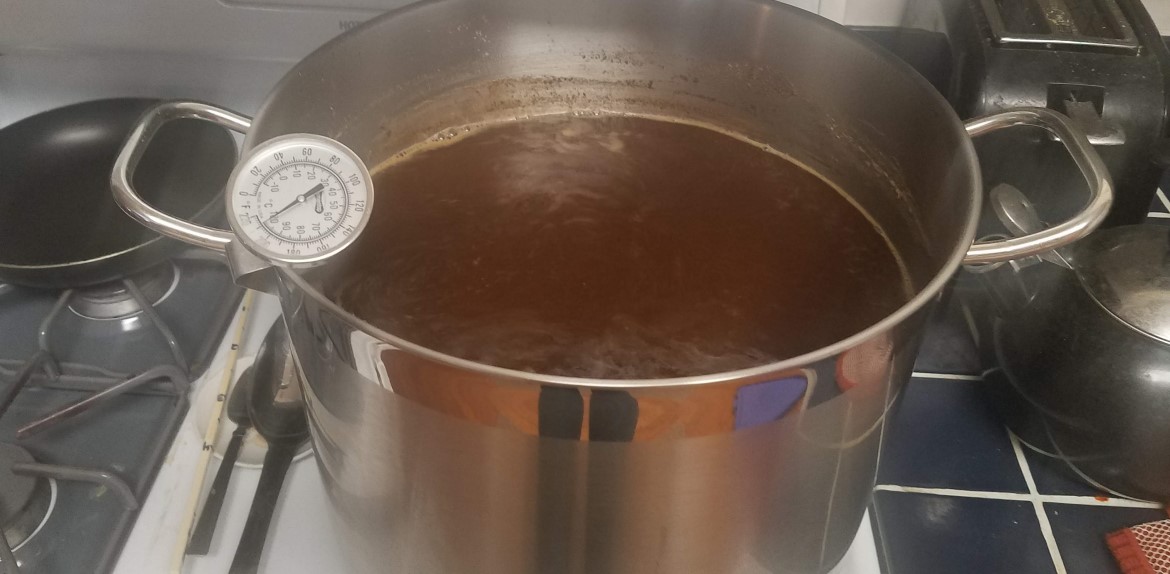
This article takes a more detailed look at the process for a 2.5 gallon stovetop BIAB brewing. First, I start with an overview of recipe formulation and take a quick look at water chemistry before digging into the process of converting grains into wort and fermenting that into beer. Along the way, I mix in a little information about my process and equipment.
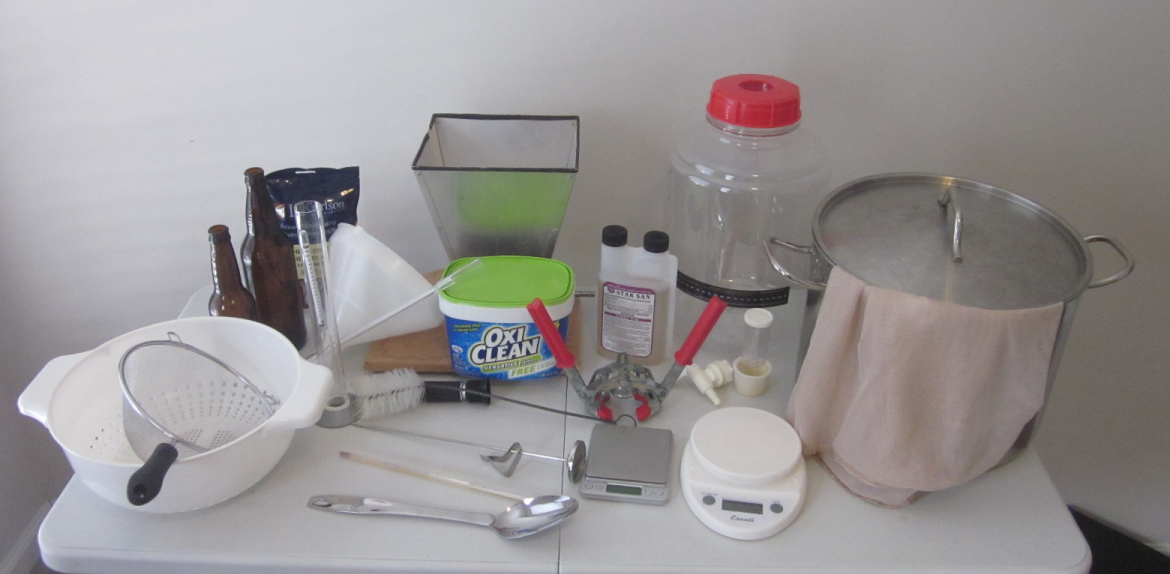
Are you are a new brewer thinking about getting into all-grain brewing? Are you an experienced brewer looking to fit some mid-sized batches into your flow? This is the place to learn about equipment needed to get started with Stovetop BIAB.
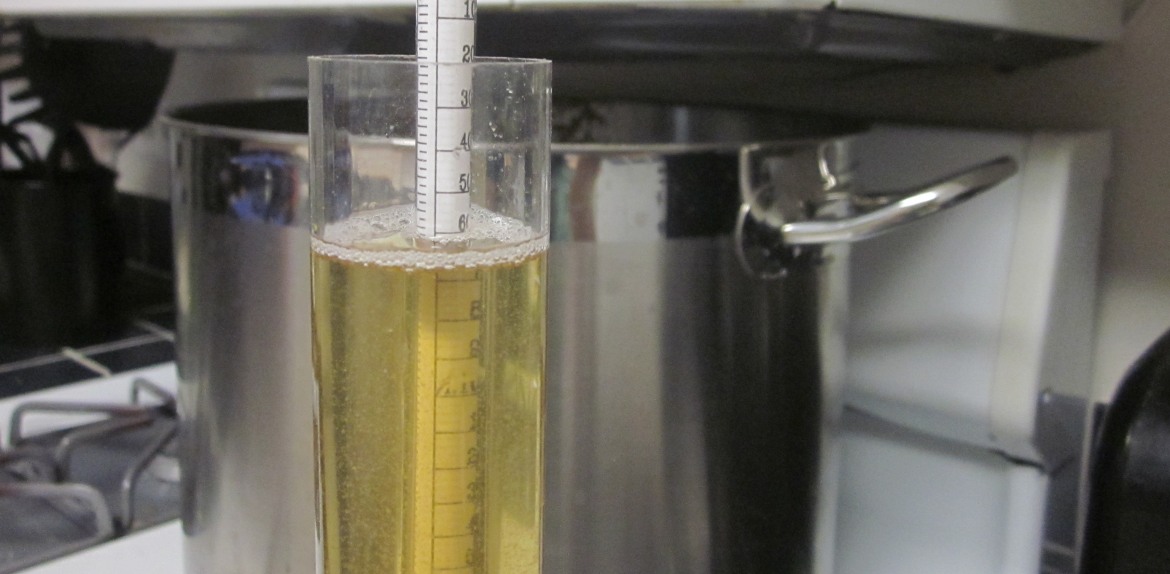
In this article I present the case for why 2.5-gallon stovetop BIAB brewing might be the best entry point for all-grain brewing. Heck, it might just be the best size batch period! While 5-gallon brewing is very popular, it is just not practical or a good fit for a number of brewers. On the other end, 1-gallon brewing has limitations. Read along while we discuss that often-ignored sweet spot of 2.5-gallon stovetop BIAB brewing!

